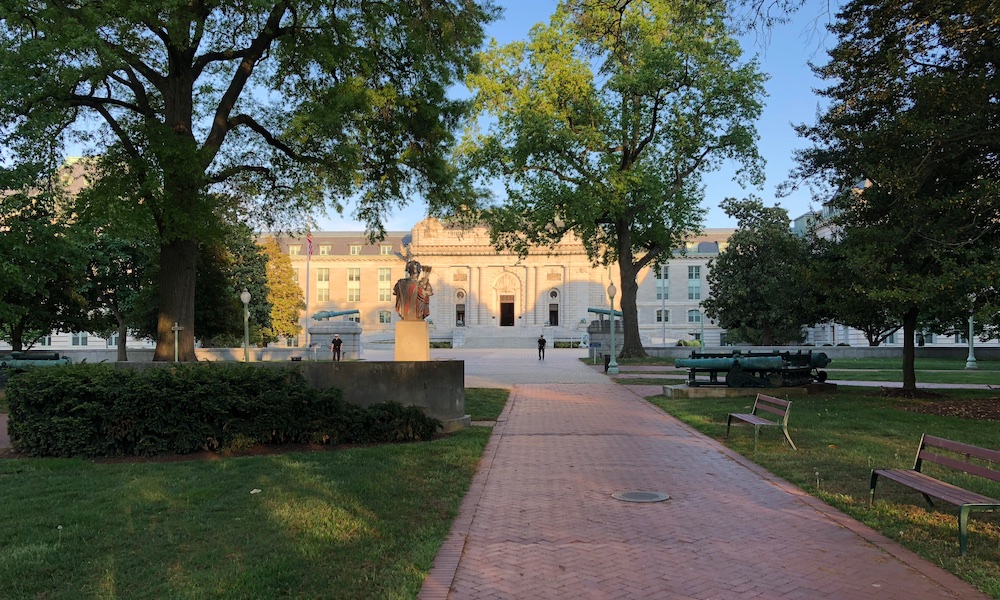USNA Shared Interest Groups
The Naval Academy Alumni Association Board Approved SIGs are now homeported at myUSNA.com

U S Naval Academy Alumni Association
Alumni Shared Interest Groups

The Naval Academy Alumni Association Board Approved SIGs are now homeported at myUSNA.com